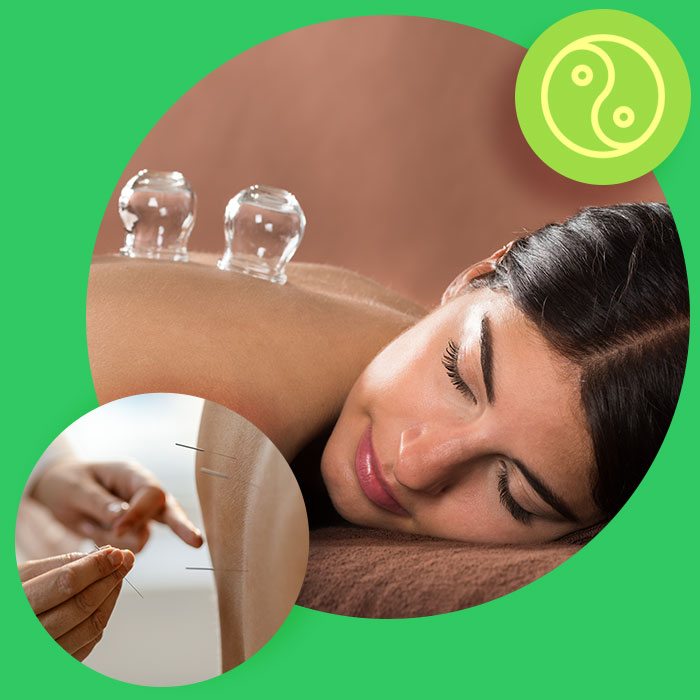

Pregnancy is a journey that comes with its unique challenges and experiences. One aspect that expectant mothers may encounter is the presence of an abnormal fetal position, which refers to any position that a fetus assumes within the uterus that is not the optimal vertex (head-down) position. This variation can lead to complications during labor and delivery, making it a significant concern for both healthcare providers and mothers-to-be. Here, we explore the common types of abnormal fetal positions and how they might affect the delivery process.
This is one of the more common abnormal positions where the fetus's buttocks or feet point downward, making them the first to descend through the birth canal. Breech is further categorized into frank breech, complete breech, and footling breech. Each type presents its own set of challenges during delivery.
In this rare scenario, the fetus lies horizontally across the uterus. This position makes natural vaginal delivery virtually impossible, typically necessitating a cesarean section to ensure the safety of both mother and child.
When the fetus's face or brow, rather than the back of the head, is aimed at the birth canal, the delivery can become complicated due to the larger diameter needing to pass through. This position may result in a more strenuous and prolonged labor.
Similar to a transverse lie but slightly angled, the fetus is diagonally positioned across the uterus. This position may resolve itself as the pregnancy progresses, but it requires close monitoring.
These fetal positions are generally identified during prenatal check-ups through physical exams and ultrasound imaging. Depending on the situation, healthcare providers might suggest an external cephalic version, which is a procedure to manually turn the fetus into the correct position. If unsuccessful, a cesarean section might be planned to facilitate a safer delivery.
Traditional Chinese Medicine (TCM) offers a holistic approach to managing abnormal fetal positions. Practices such as acupuncture, moxibustion, and specific herbal treatments have been used for centuries to promote optimal fetal positioning. Acupuncture involves the insertion of fine needles into specific points on the body to stimulate energy flow and balance, which can encourage the fetus to rotate into the vertex position. Moxibustion, which involves burning a herb near the skin, is particularly noted for its effectiveness in turning breech babies when applied to an acupuncture point on the small toe.
While these methods are traditional, many modern mothers-to-be find them a valuable complement to conventional medical treatments, especially when used under the guidance of both healthcare and TCM practitioners. Integrating these practices can provide a supportive pregnancy experience, enhancing both the physical and emotional well-being of the mother, and potentially facilitating a smoother delivery process.
As always, it's important to consult with healthcare professionals before starting any new treatment to ensure the safety and health of both mother and baby.

We are delighted to welcome you into a space where healing takes precedence, and every treatment is a step toward renewed health.
Book Now
Hello, my name is Winnie Li and I am a trained Tui Na massage from the school of Chinese Medicine in Shanghai. In 2022 I graduated in Health Sciences majoring in Acupuncture at the New Zealand College of Chinese Medicine.
I have worked in both Singapore for 2 years and for over a decade in both the north and south islands of New Zealand, providing Tui Na massage and now acupuncture here in Auckland.
BOOK AN APPOINTMENTFor more information and pricing please CALL US NOW: (027) 3939 208
Or
visit our Auckland studio: